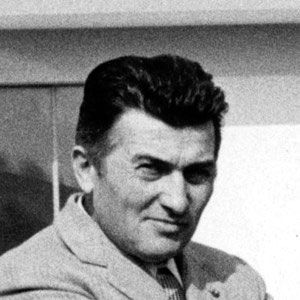Machine Win: Bantam BRC40

8 May 2018
Unknown hero, or a copy of the Willys MB/Ford GPW?
Yesterday we opened a cycle of articles devoted to the machines that helped the Soviet army's victory in the great Patriotic war. And we started with the GAZ M-1 — metal sedan, created in the image of the Ford Model b Today's release will also be inextricably linked with the American automotive industry.
Well, we all know that the program lend-lease to the Soviet Union was supplied with hundreds of thousands of pieces of military equipment. Still, the debate continues in society about the importance of lend-lease. Nevertheless, it is an obvious fact that without the outside help of the USSR was in even more difficult situation. For example, only trucks USA has delivered more than 420 thousand, while during the war, domestic production amounted to 265 thousand. In other words, over 60% of all used by the Soviet army trucks were imported from the USA (plus partly of the British Empire).
The role of "Studebaker", "Jeeps" and "Ford" a total victory is really hard to overestimate. But what is that model available, Bantam BRC40? Needless to say, if today even the most Bantam Marche almost nobody has heard of!
the Mystery of the Bantam BRC40
In fact, anyone even remotely familiar with the history of the automobile, quite a sight to see in the photograph the car of the legendary Willys MB. Or Ford GPW. Or all Bantam BRC40? During the Second world war of patents, was not so scrupulous, so to answer this question will have to delve into the study of automotive history.
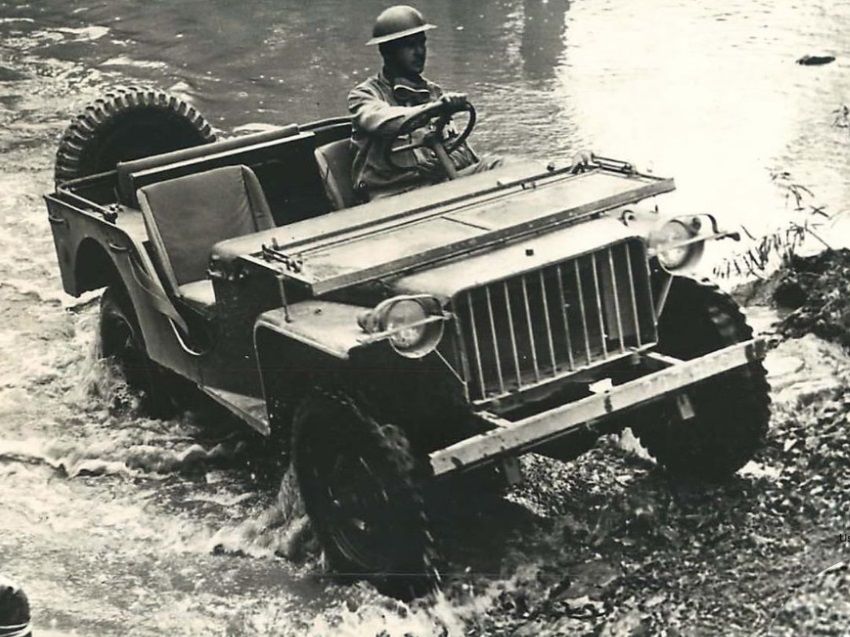
Bantam BRC40
the Competition for development
By the summer of 1940 it became obvious that Nazi Germany will never have enough to seize the surrounding countries. The war spread to most parts of Europe, and the U.S. army realized the need for compact reconnaissance car. A competition for its development was incredible by current standards, the alloy of capitalism and the realities of wartime. On the one hand, the terms of reference were sent to 135 companies, which indicates high competition. On the other, manufacturers were required to give a response within 11 days. Moreover, under the terms, the company was required to develop the first prototype within 49 days, and after 75 days to produce at least 70 test instances.
And because the demands on the car were very specific. Wheel base was not to exceed 191 cm with a gauge of no more than 119 cm The car was able to take on Board three passengers and 299 kg of cargo. The weight of the SUV had to meet the 590 kg!
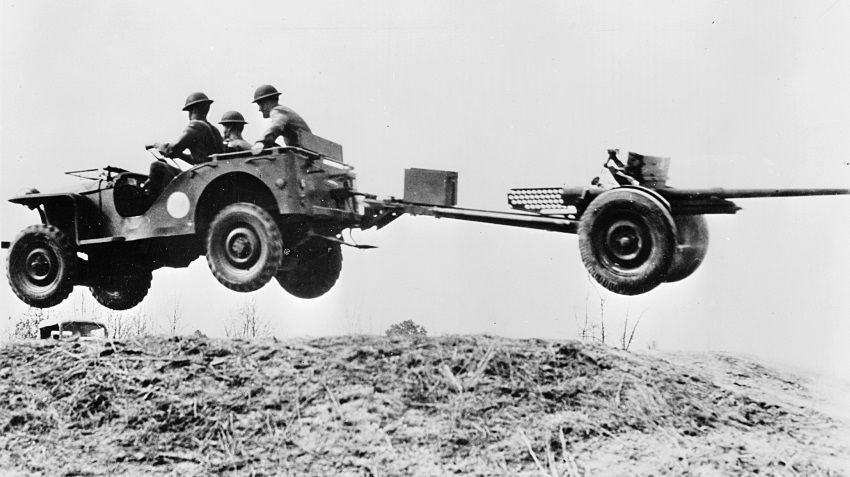
It is not surprising that large companies or consciously refused to participate in this task, or require at least increase the time (by the way, for this reason, from the competition had the company Willys-Overland). And a small American Bantam company decided to respond to the terms of reference. To lose her was nothing until it was released basically a licensed version of the British Austin Motor Company cars due to low demand which in 1934 had gone bankrupt.
Talent of Karl Probst
The American Bantam company approached an independent designer (freelancer, as one would say nowadays) Karl Probst (Probst, Karl). At first he refused this dubious jobs, but later decided to try their hand in this incredible adventure.
Just two days was enough for Probst to develop drawings of the model, which was later called the Bantam Reconnaissance Car ("Reconnaissance car Bantam"). Another day was spent for preparation of cost estimates. It is hard to imagine that the development of fundamentally new models and all the financial calculation took only three days.
How Bantam lost the car, Willys and Ford found
Car Karl Probst meets all the requirements of the state with the exception of weight. However, American Bantam was not sufficient production capacities or financial reserves, which would allow to produce the required quantity of SUVs. And then the military made a "feint ears": they sent the Bantam blueprints to Ford and Willys, claiming that the government has already bought the project. In fact, there was no understanding, but the Bantam decided not to argue with the military because of the difficult financial situation.
A few months later, in November 1940, was ready prototypes, the Willys Quad and the Ford Pygmy. Then was presented a new version of the Bantam — BRC 60. Because gorjachih terms of the American military leaders endorsed all three versions, and steel 1 of 500 copies of each company. By this time it became obvious unrealistic demands on vehicle weight, so the weight limit was raised to 980 kg.
The production version of the SUV in the execution Bantam has called the BRC 40. Serial production began on March 31, 1941, and on 6 December of the same year it was released 2 605 cars. And because the company was unable to reach the estimated level of production of 75 cars a day, a further contract to build was signed with the Willys, and later Ford.
Shipments to the USSR
Initially, the production model of the Willys and Ford companies was called the Willys MA (Military model A, "military model A") and Ford (Government P, the "state" of the model with the index P, which Ford then used for compact passenger cars). Subsequently, however, the Willys engineers modified the design so the final version was to carry the name Willys MB (Military model B).

Evolution of the SUVs Willys
By October 1941, it became apparent that Willys alone can not cope with the required production volumes, so that the contract had been signed with Ford. While the military gave the "Blue oval" accurate drawings of the Willys MB. In this regard, the model became known as the Ford GPW, where the letter W meant that the car is produced under license from Willys.
All anything, but himself in his Willys model Willys MB used some technical know-how from the Ford GP (in particular, the broad flat bonnet and front grille, which later became a hallmark of the "Jeeps"). And this is not to mention that in fact, initially the car was designed in General by a third party.
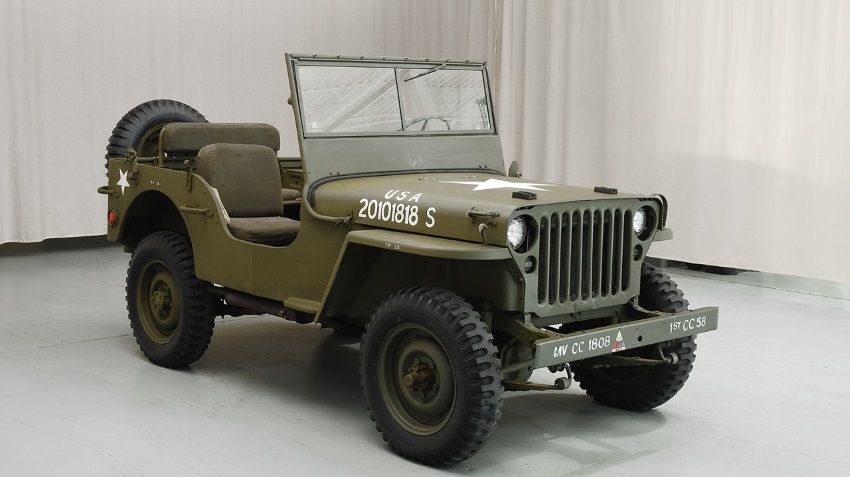
Ford GPW
In total during the Second world war were produced 363 000 copies Willys MB and 280,000 Ford GPW. Of these, 51 000 cars went to the Soviet Union via lend-lease.
What happened to the American Bantam company?
It is noteworthy that a small party of the Bantam BRC40 also reached the Soviet Union. One of the instances even used the protection of Marshal Zhukov (military affectionately called this machine "a bow").
However, the fate of the company American Bantam was unenviable. After the contract for the cars went to Willys and Ford, it remained only to produce trailers. In 1945, she filed a lawsuit against Willys, but the court never awarded her the rights to the trademark Jeep. Wait, but where did this name that has become a household name? It is considered that the name of this brand dates back to the Ford GP. The name GP is pronounced Jeep, it is name and came into use (although on this score there are other versions).
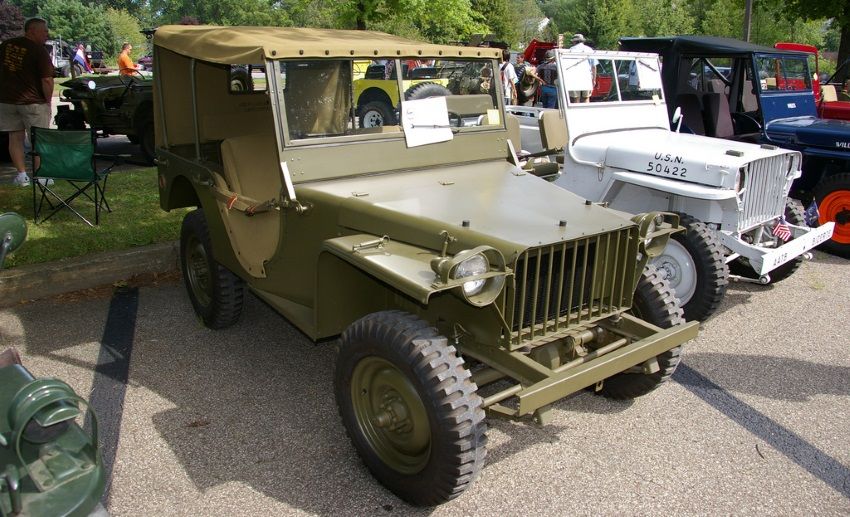
Bantam BRC40
That's so intricately intertwined fates of companies American Bantam, Willys and Ford. Of the trio to have survived only Ford: American Bantam some new trailers, but was later absorbed. Willys couple of decades have produced a variety of cars, including under the sub-brand Jeep. However, its days were also numbered: first, it became part of American Motors Corporation and then was bought by Chrysler. Fiat Chrysler Automobiles today released crossovers and SUVs under the brand Jeep.
.
|
|
|
Element was not found.


